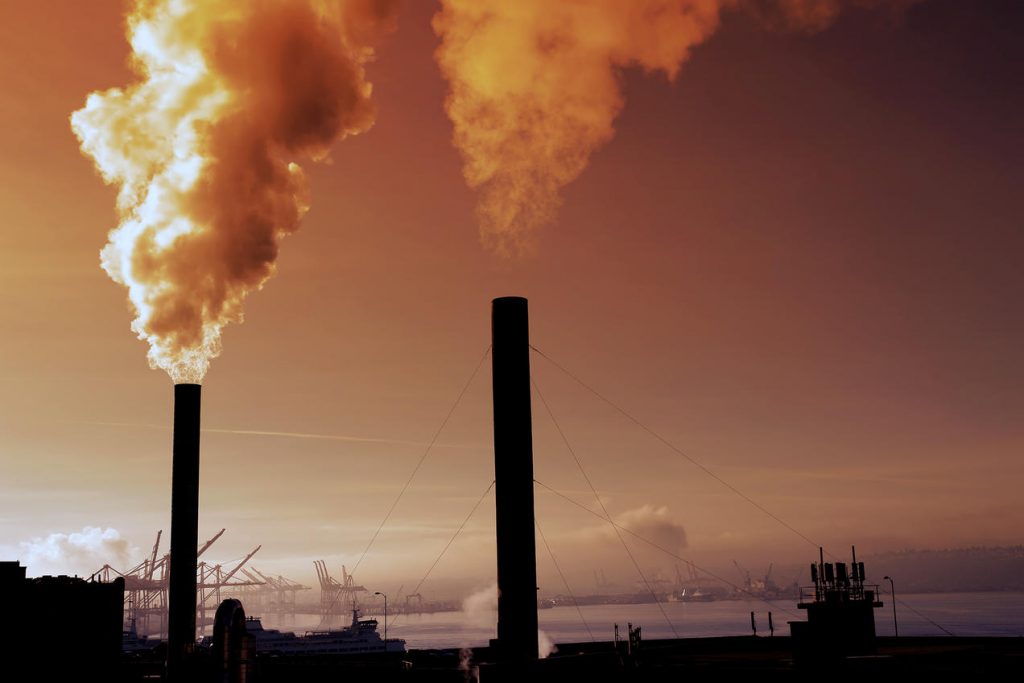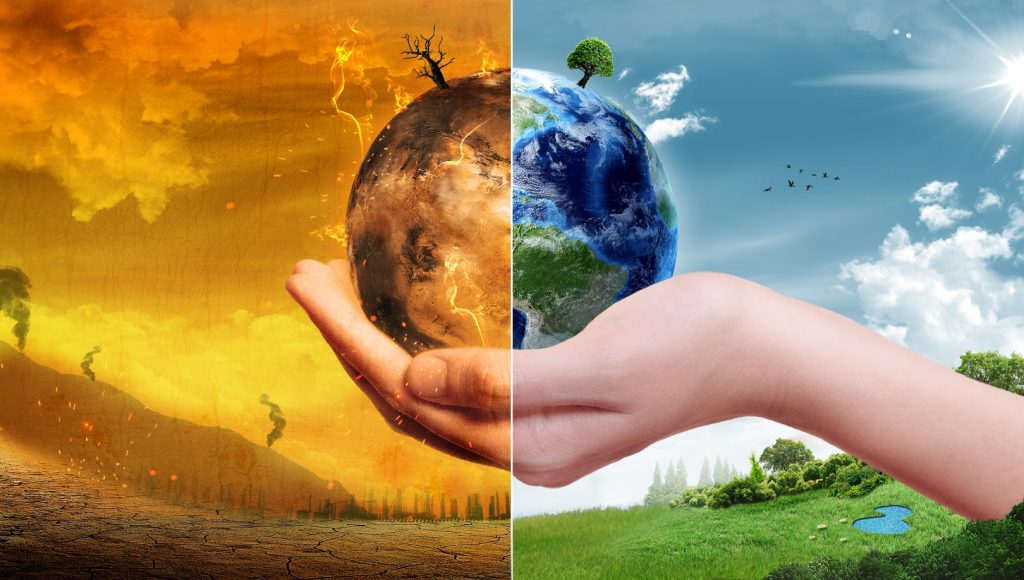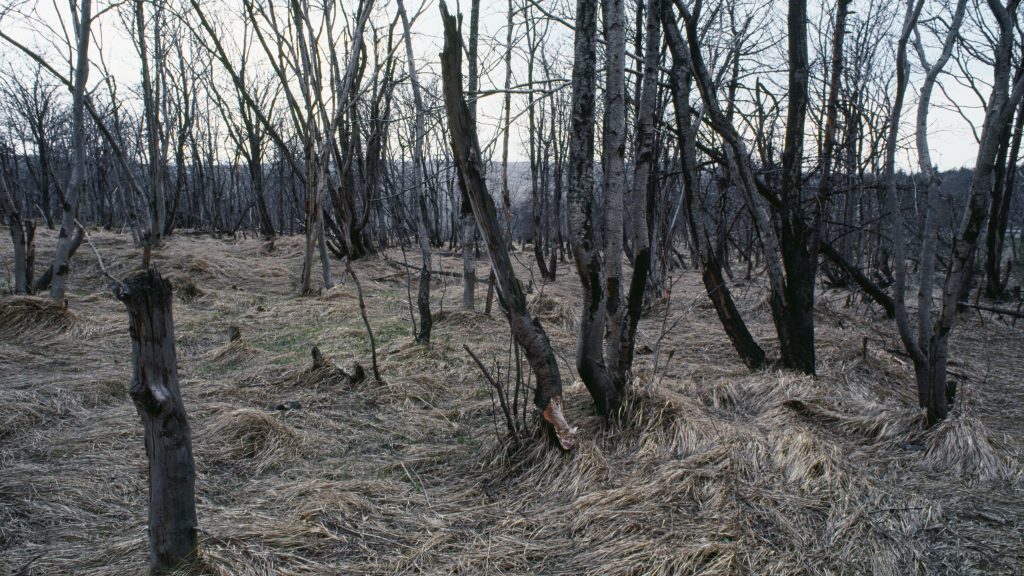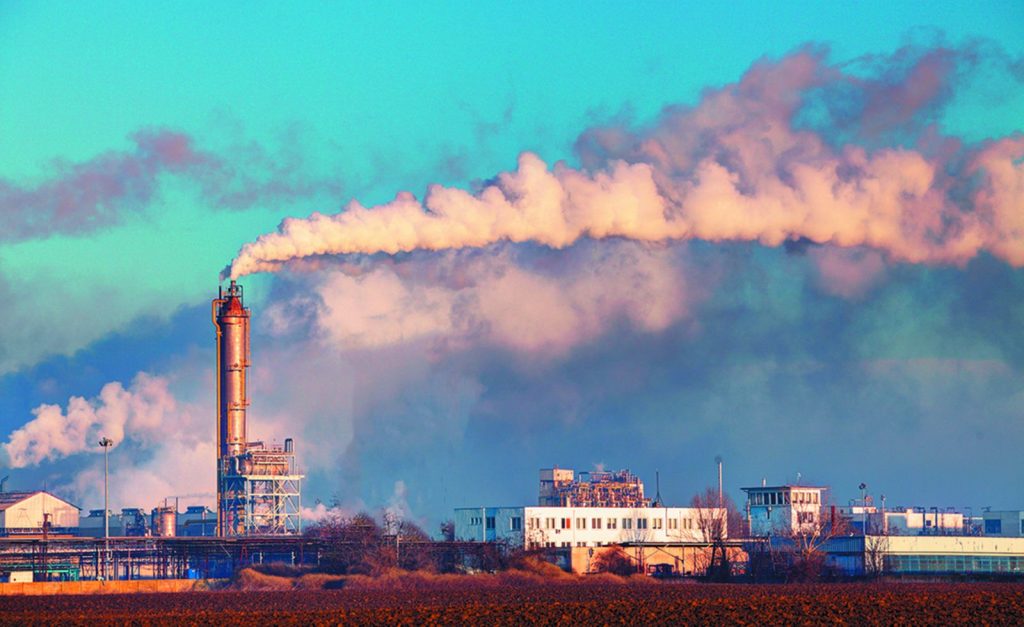Zero Waste Blog
Air Pollution – 4 Things You Need To Know
One of our era’s greatest scourges is air pollution, on account not only of its impact on climate change but also its impact on public and individual health due to increasing morbidity and mortality.
Table of Contents
I. What is air pollution
Air pollution is a familiar environmental health hazard. It is is a mix of hazardous substances from both human-made and natural sources.. We know what we’re looking at when brown haze settles over a city, exhaust billows across a busy highway, or a plume rises from a smokestack. Some air pollution is not seen, but its pungent smell alerts you.
The Clean Air Act authorizes the U.S. Environmental Protection Agency (EPA) to protect public health by regulating the emissions of these harmful air pollutants. The NRDC has been a leading authority on this law since it was established in 1970.
II. What caused air pollution?
“Most air pollution comes from energy use and production,” says John Walke, director of the Clean Air Project, part of the Climate and Clean Energy program at NRDC. “Burning fossil fuels releases gases and chemicals into the air.” And in an especially destructive feedback loop, air pollution not only contributes to climate change but is also exacerbated by it.

“It in the form of carbon dioxide and methane raises the earth’s temperature,” Walke says. “Another type of it is then worsened by that increased heat: Smog forms when the weather is warmer and there’s more ultraviolet radiation.” Climate change also increases the production of allergenic air pollutants including mold (thanks to damp conditions caused by extreme weather and increased flooding) and pollen (due to a longer pollen season and more pollen production). . In 2013, the International Agency for Research on Cancer of the World Health Organization (WHO) classified air pollution as a human carcinogen.
III. What are the harmful effects
1. Environmental effects
a. Global warming
Probably global warming is one of the most worrying effects for scientists and environmentalists. Global warming is a direct consequence of the greenhouse effect, which is produced by the high emission of CO2 and methane into the atmosphere. Most of these emissions are produced by the industry, so this can be remedied by social responsibility and action by companies and factories.

Evidence is mounting that humans have disturbed this natural balance by producing large amounts of some of these greenhouse gases, including carbon dioxide and methane. As a result, the Earth’s atmosphere appears to be trapping more of the sun’s heat, causing the Earth’s average temperature to rise – a phenomenon known as global warming.
b. Crop and forest damage
Air pollution can damage crops and trees in a variety of ways. Ground-level ozone can lead to reductions in agricultural crop and commercial forest yields, reduced growth and survivability of tree seedlings, and increased plant susceptibility to disease, pests and other environmental stresses (such as harsh weather). As described above, crop and forest damage can also result from acid rain and from increased UV radiation caused by ozone depletion.
c. Acid rain
The gases emitted by industries, power plants, boilers, heating and transport are very toxic. Those gases include sulphur dioxide (SO2) and nitrogen oxides (NOx) issued into the atmosphere that come from fossil fuels burning. These acids fall to the Earth either as wet precipitation (rain, snow, or fog) or dry precipitation (gas and particulates). Some are carried by the wind, sometimes hundreds of miles.

In the environment, acid rain damages trees and causes soils and water bodies to acidify, making the water unsuitable for some fish and other wildlife. It also speeds the decay of buildings, statues, and sculptures that are part of our national heritage.
d. Smog effect
The smog effect or beret effect happens when there is a kind of dark fog concentrated over the cities and fields. That fog is a load of pollutants and can be of 2 types: sulphurous smog and photochemical smog, both dangerous and harmful to health. Both types of smog are a consequence of industrial and urban action. However, sulphurous smog has its origin mainly in the use of coal in many industrial processes. That has been reduced in the most advanced countries – nevertheless, there are still many developing countries that do not have treatment protocols for pollutants.
e. Effects on wildlife
Toxic pollutants in the air, or deposited on soils or surface waters, can impact wildlife in a number of ways. Like humans, animals can experience health problems if they are exposed to sufficient concentrations of air toxics over time. Studies show that air toxics are contributing to birth defects, reproductive failure, and disease in animals.
Persistent toxic air pollutants (those that break down slowly in the environment) are of particular concern in aquatic ecosystems. These pollutants accumulate in sediments and may biomagnify in tissues of animals at the top of the food
chain to concentrations many times higher than in the water or air.
2. Human health impacts
Around the world, nine out of 10 people breathe unhealthy air.
Air pollution is now the biggest environmental risk for early death, responsible for more than 6 million premature deaths each year from heart attacks, strokes, diabetes and respiratory diseases. That’s more than the deaths from AIDS, tuberculosis and malaria combined.
Exposure to high levels of air pollution can cause a variety of adverse health outcomes. It increases the risk of respiratory infections, heart disease and lung cancer. Both short and long term exposure to air pollutants have been associated with health impacts. More severe impacts affect people who are already ill. Children, the elderly and poor people are more susceptible. The most health-harmful pollutants – closely associated with excessive premature mortality – are fine PM2.5 particles that penetrate deep into lung passageways.

There is strong evidence linking lower socio-economic status to increased exposure to air pollution. In large parts of Europe, poorer people are more likely to live next to busy roads or industrial areas and thus, face higher levels of exposure to air pollution. At the same time, exposure patterns vary across European cities. In some cities, wealthier people live in central, polluted areas, while in other European cities central areas are inhabited by poorer communities.
IV. What can we do to protect ourselves?
Fighting air pollution is everybody’s responsibility. We all need to do more, a lot more. Swiftly and proactively to reduce air pollution. Concerted and coordinated efforts with active involvement of all the sectors is imperative. This includes the Government (national, state and local governments), cities, community at large and individuals.
To national governments: reduce emissions and set national standards that meet WHO air quality guidelines. Invest in research and education around clean air and pollution – they are an essential tool.
To cities and local communities: Public policies across sectors must factor in public health from the beginning, followed up with sufficient data and tools to assess them.
To individuals: Continue to stand up for your right to healthy and sustainable environments. Hold your governments accountable.
All of us – in government, business, and individual – we are all accountable. Think and rethink, about the way you live and consume and make sustainable choices for yourself, your children and your children’s children.
———————————————————————-
The mission of Zero Waste Initiative is reduce the use of disposable plastic products, provide people with safe, convenient, eco-friendly, recyclable and zero waste products, trying our best to save our planet
Together we can make a difference!
Would you like to join with us?

